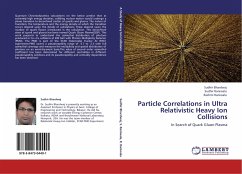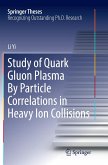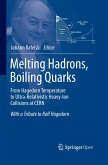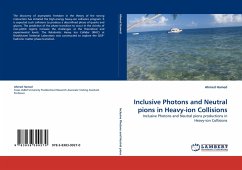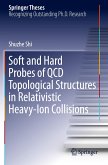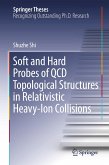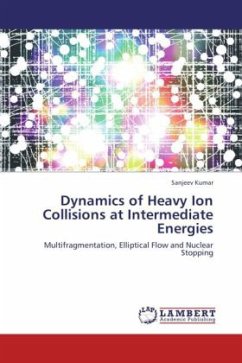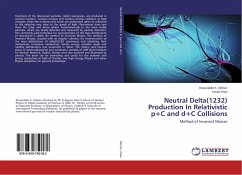Quantum Chromodynamics calculations on the lattice predict that at extremely high energy densities, colliding nuclear matter would undergo a phase transition to deconfined matter of quarks and gluons. The nature of transition, the temperature and the energy density at which the transition occurs depend upon the details of calculations; these depend upon the number of quark flavors introduced in the calculation. This deconfined state of quark and gluons has been named Quark Gluon Plasma(QGP). This work purports to understand the azimuthal distribution of photons produced in Cu+Cu collisions at 200 GeV with Photon Multiplicity Detector (PMD). The PMD is part of the STAR (Solenoidal Tracker At RHIC) experiment.PMD covers a pseudorapidity range of -3.7 to -2.3 with full azimuthal coverage and measures the multiplicity and spatial distribution of photons on an event-by-event basis.The value of second order azimuthal coefficient has been determined for different centralities in different pseudorapidity windows and its pseudorapidity and centrality dependence has been obtained.
Bitte wählen Sie Ihr Anliegen aus.
Rechnungen
Retourenschein anfordern
Bestellstatus
Storno

